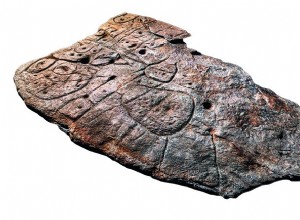Princess Borghese (Ajaccio, October 20, 1780 - Florence, June 9, 1825). Pauline Bonaparte, born Paoletta, is the second daughter of Charles-Marie Bonaparte and Maria-Létizia Ramolino, and the most beautiful of Napoleon Bonapartes sisters. She was born on October 20, 1780 in Ajaccio, in the family




